Light fantastic - secrets from pros
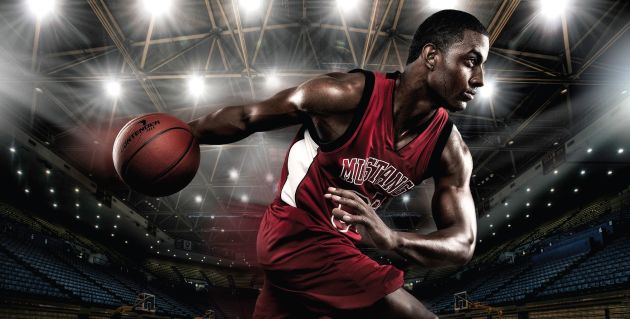
From speedlights to monoblocks, floor packs to mobile kits, photographers have a broad arsenal of lighting tools available to them. And a sound understanding of their different features and applications enables them to choose the best light for the job at hand. “Nothing beats beautiful magic hour light, but so often within the constraints of a professional brief you need to be able to adapt, be inventive and solve problems,” says Sydneybased commercial/art photographer Toby Burrows. “It’s the job of a photographer to be diverse in lighting ability and be able to choose the right equipment for the job and have the right equipment there when you need it.”
Getting creative
As the smallest option with a power output of only around 160ws, speedlights are often overlooked for most shooting situations. But with the increased quality of digital cameras enabling photographers to achieve good results at high ISOs, photographers can use less powerful units to achieve the results they need, making speedlights a viable option. And this is especially true when multiple units are used in conjunction.
Internationally acclaimed US photographer Joe McNally does much his work with sophisticated speedlight set ups and says that he finds them extremely portable and easy to use. “I use multiple remote speedlights and I’ll use anything from one to five, or sometimes even more, to create a lighting environment. In some ways, I use speedlights just like I use big lights. I position them, use them through softboxes, umbrellas, as fills, bouncers, or as kickers depending on the situation, so I find them very versatile.”
With line of sight, multiple speedlights can be triggered in automatic TTL mode using an on-camera commander unit. For longer range shooting, photographers can use wireless radio flash triggers. In the last few years, the range of accessories designed for them has ramped up allowing photographers do a lot more, experiment and be more creative.
“You can actually gang speedlights onto one lighting receptacle using something like a Lastolite Triflash where you can put three flashes on a set of cold shoes and pop that device right onto a single light stand,” McNally explains. “So you can get three flashes operating together and if you put that into a sizeable umbrella, for instance, you actually produce something that is very similar to using one big light. Lastolite make a variety of light shapers for speedlights too, and I’m fond of the Trigrip diffusers and an Ezybox which is a 24-inch softbox,” he adds.
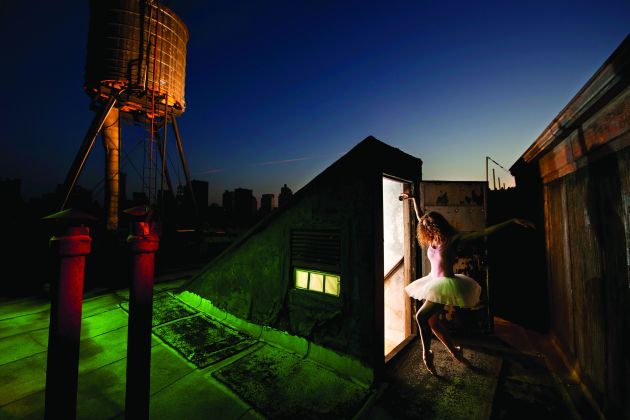
The natural look
For Toby Burrows, the availability of shooting at higher ISOs has opened up more opportunity to use continuous lighting set ups. “We are increasingly using HMIs which help retain a natural feel and we have a lot of clients who also require moving image, so the constant lights work well in that scenario,” he says. “As stills cameras now have the ability to shoot moving image and client budgets are becoming smaller, a photographer’s skill set has to become more diverse and lighting techniques have to move with it. We work a lot of TVCs and we’ve embraced a lot of the film lighting techniques ourselves, so we have big 4x4 black cutters and trace screens that go on sea arms to cut the light. It’s often not a direct light so it feels more natural and less flash lit.”
More power to you
Even with higher ISOs opening up opportunities for less powerful light sources, some jobs still require strobes. “I had four people on the cover of a recent Sports Illustrated and I didn’t even think about speedlights at that point,” McNally says. “I used 1,100ws Elinchrom Rangers [battery packs] for that shoot. I like to use the Rangers because they’re simple and dependable, but I also use Profoto lights or a 400ws Elinchrom Ranger Quadra, depending on the job.”
When shooting with strobes, Burrows uses Broncolor equipment. “I find it is just far and above anything else when it comes to the availability and diversity of light shapers. We use the Scoro packs because of their ability to take the power down to a bare minimum to mix with daylight.”
This ability, in addition to the super-fast recharge times, certainly makes Broncolor a powerful weapon, albeit with a price tag to match. For WA-based editorial and commercial photographer Frances Andrijich, Profoto is the equipment of choice. “A large proportion of the work I shoot involves people, and I often shoot on location so I have a variety of equipment that allows me to achieve the most suited setup for my brief,” she says. “On location for smaller jobs, my go-to light is the AcuteB head with portable generator as it’s small, lightweight and easy to use. For large shoots, I use my Pro-B heads and the Pro-B3 1200 AirS. They have fast recycling, are able to freeze action, and the battery life is exceptional.”
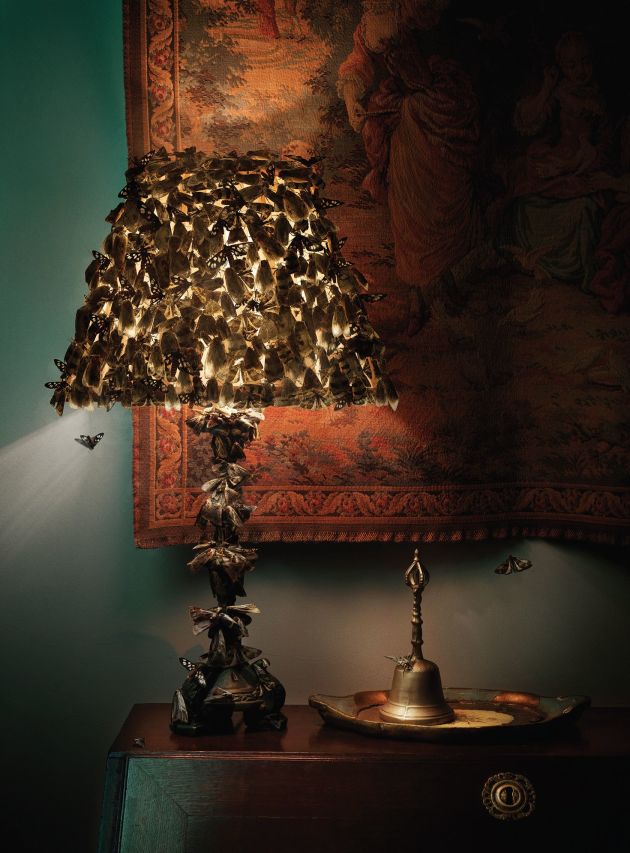
Sydney-based advertising photographer Andreas Smetana uses both Elinchrom and Broncolor gear, depending on the job. “The Broncolor speed and recharge time is fantastic so I use that when I need to, but I have always used Elinchrom because it is very affordable and for the work I shoot speed is not always important,” he says. One of Smetana’s go-to units is the Elinchrom Ranger Quadra. “It’s easy and is particularly great for shooting with daylight when you just need to flash it up. It’s so small you hardly see it, which I love,” he says. On a larger scale, Smetana likes to use a Fresnel spotlight. “I love it because it’s very close to sunlight. I personally like dirty lighting so I like to move it away three or four metres and then place cutters and tripods between the spot and the talent and clamp paper to them in different shapes to create the mood I want. I cut a lot of my shapers by hand to get what I need. It’s very organic and it really works for me.”
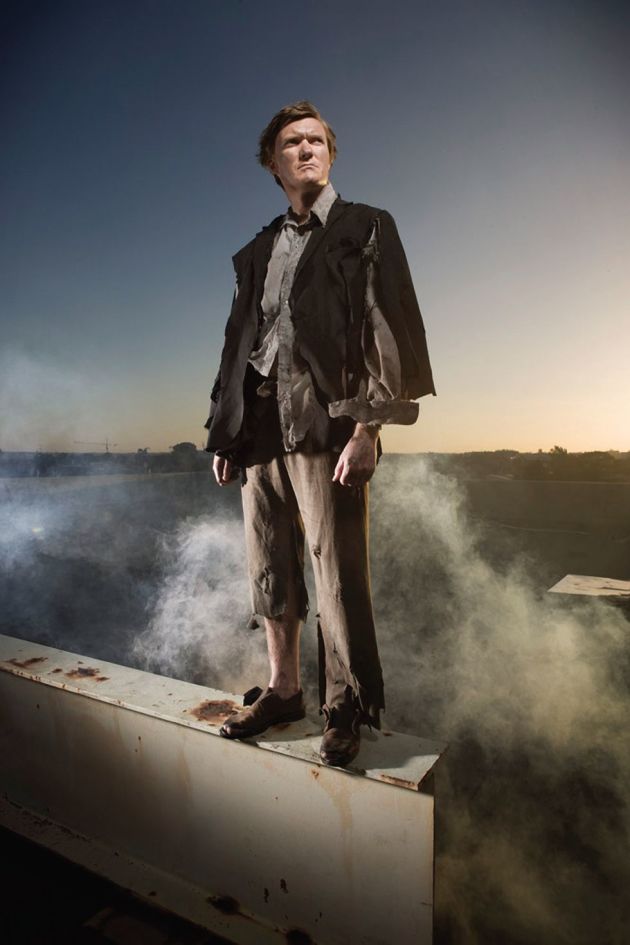
Shaping the light
Photographers can choose from a multitude of modifiers to shape the light and achieve the desired results, and the best use a broad range for different looks. “Every light shaper has an application and a quality which I’ll choose for a desired effect,” says Burrows. “When shooting people, I think a backlight is a great place to start so I often use parabolic light sources like the Broncolor Para 88 and silver Para. You can spot or flood parabolic light sources and the larger light sources are amazing for backlight, giving you that beautiful wrap light that can emulate the sun or end of day through a window.” Beauty dishes are also a favourite amongst pros because of their broad application and portability. “Because the light is fed back into the dish and then spills out rather than being a direct light, a beauty dish delivers a really nice hard yet soft light,” explains Burrows. McNally often opts for strip lights for the quality of light they put out and softboxes used indirectly. “I find they have a really rich and rounded quality,” he says.
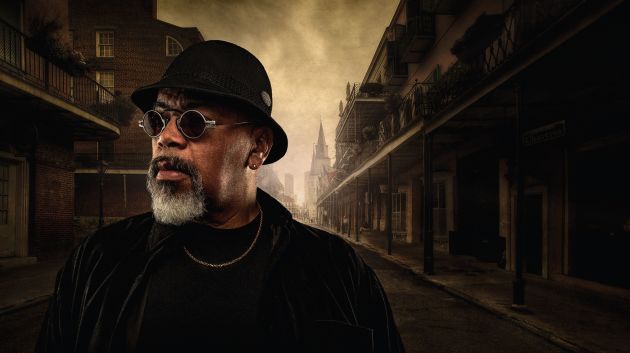
For smaller lights he often goes with the Lastolite 8 in 1 umbrella because of its ability to configure in eight different ways. “In terms of bang for the buck and portability, it’s a very nice light shaper to have tucked away in your bag.”
Among Andrijich’s most prized possessions are her Sunbounces and Elinchrom Indirect Recta Lightbank 72x175cm softboxes, which she has had altered to fit her Profoto lights. “Although Sunbounces are quite a bit more expensive than standard reflectors, they are so efficient to use that I save a lot of time on location,” she says. “My softboxes emit a beautiful soft light with a large span, allowing me to photograph full length with a relatively even lighting output and create beautiful soft complexions.”
No matter what lighting modifier they use, adding honeycomb grids is pretty standard. “A honeycomb [grid] is a great addition because it gives you direction and not just spill everywhere, so you can have more control and it gives you that ability to just have a little lift of light in a certain area from a distance,” says Burrows.
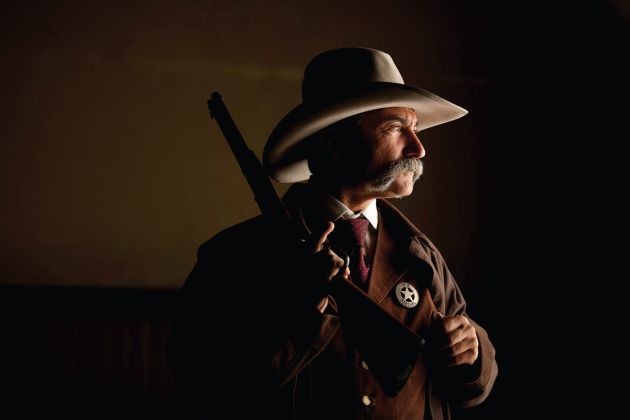
Creating a signature style
For leading US commercial photographer Joel Grimes, lighting techniques are a vital tool in creating his signature style. “Building a brand or signature is the single greatest thing you can do to separate yourself from the masses,” he says. Grimes creates his signature style using a dozen or so different lighting techniques. “I do a lot with just one light but most often I use my three-light approach, where I use two edge lights coming from the sides just behind my subjects with one overhead light that fills the front part of my subject or the area that is not being lit by the edge lights. I vary this approach by using a variety of modifiers which allows me to soften or harshen the overall feel of the image.”
Having used Paul C. Buff lights for over twenty five years, Grimes uses the Einsteins in the studio and the battery powered Vagabonds in the field. “They are an affordable choice and in the end, light is light,” he says. “I change modifiers depending on the look I want but since I often use a wide angle lens I generally like to have a set of Westcott grids on my side edge lights to help minimise the potential of flare hitting my lens.”
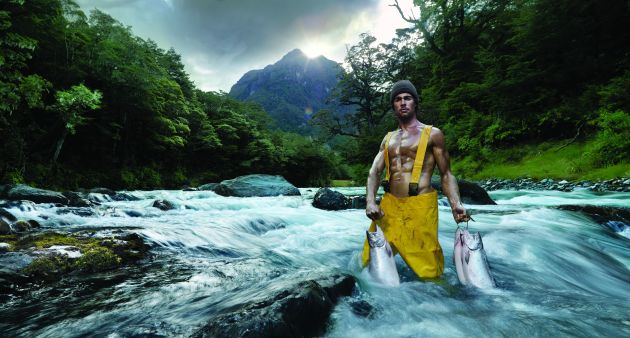
The right tools for the job
When choosing their gear, photographers should consider what they need from their lights; whether it is the portability and simplicity of a speedlight or the quality and features that come with higher end options. If a very fast recycle time is crucial, some of the high-end Broncolor floor packs got the nod from pros we interviewed, and for something entirely different, there’s the newly announced LED Light Cube, a portable flash with no recycle time, which may offer a versatile option for some. But many photographers may find Elinchrom a more affordable choice that still offers exceptional quality and everything they need.
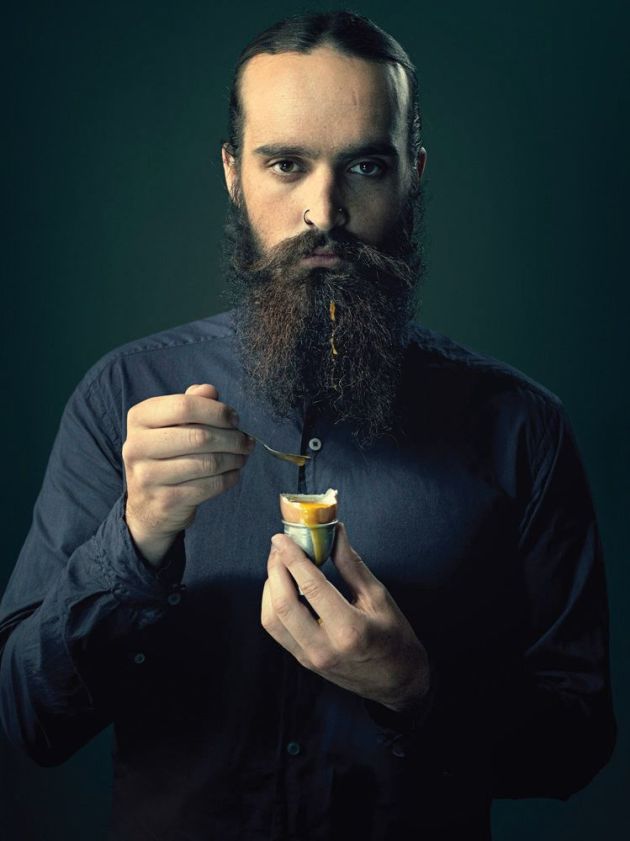
For the best in the business, it is not about choosing one light and working with it for life. They have a range of options at their disposal and choose the equipment most suited to each job. “Diversity is a wonderful thing with lighting and it keeps you on your toes,” says Smetana. And good preparation will help photographers make the right choices. “Preproduction is worth its weight in gold,” says Andrijich. “Researching details like the background of the subject, what has been photographed previously, and the shoot location are so important in preparing you for the shoot and enabling you to focus on what you want to achieve and how to do that.”
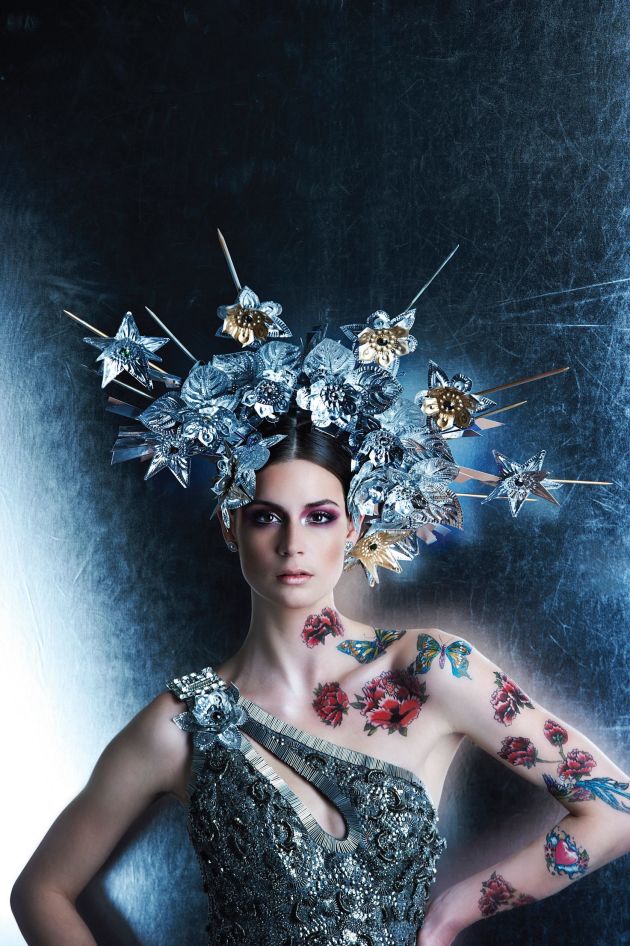
For photographers wanting to expand their lighting arsenal and put themselves ahead of the pack, the way forward is testing and experimenting to keep learning. “If a client likes the look and feel of a reference shot, ask around, speak to other photographers, approach someone with the gear you need, set it up and test it,” says Burrows. “That effort pays off in the long run. In the end, it is about understanding the available tools and using them effectively to create the look you want,” says Grimes. “I always say that if you know what vision you want to fulfil as an artist, getting there is easier than you think.”
Contacts
Frances Andrijich - www.andrijich.com.au
Toby Burrows - www.tobyburrows.com
Joel Grimes - www.joelgrimes.com
Joe McNally - www.joemcnally.com
Andreas Smetana - www.smetana.net
